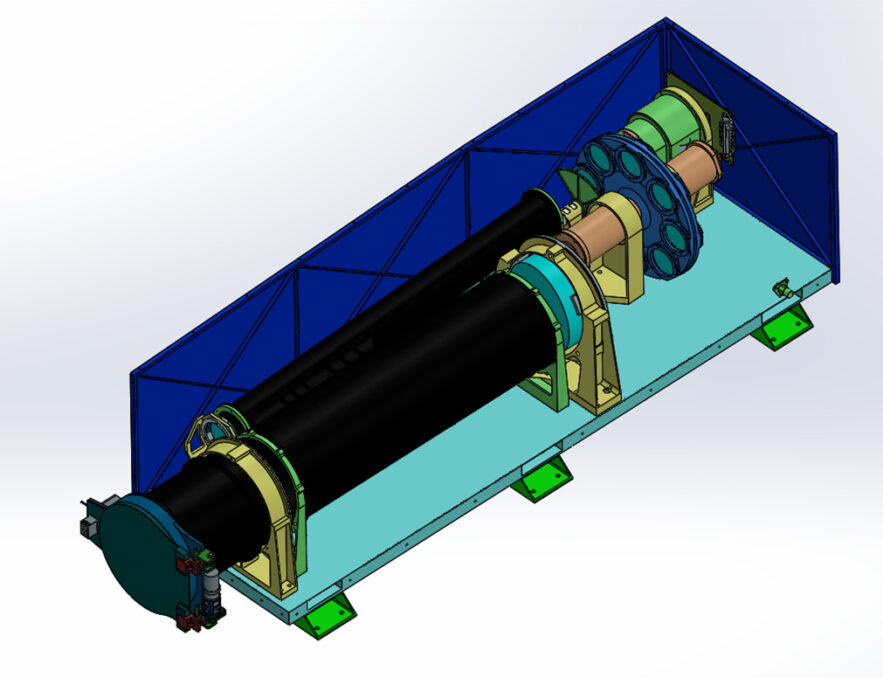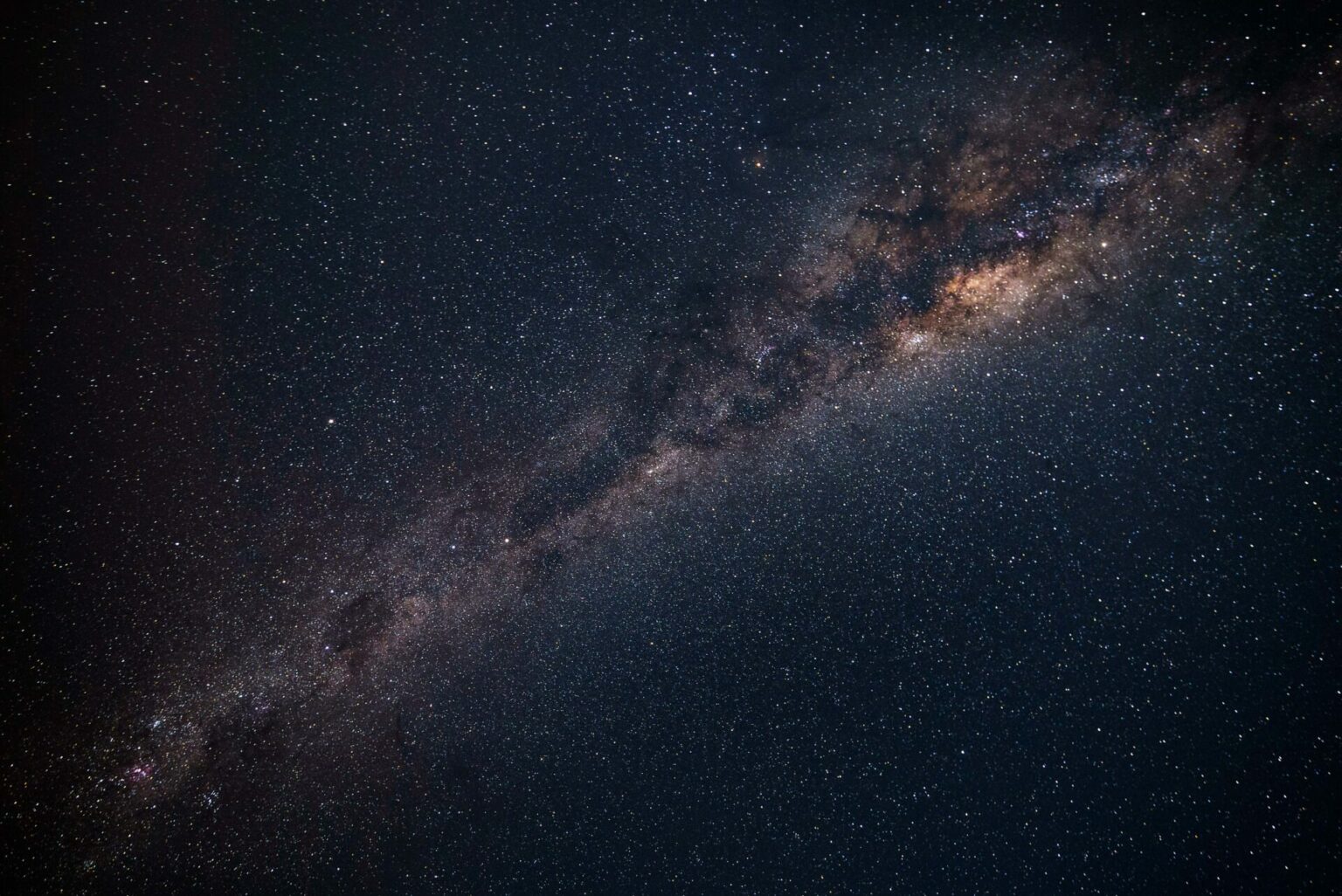A unique Telescope- Solar Ultraviolet Imaging Telescope (suit), designed by IUCAA-Pune, will assist Aditya L-1 spacecraft to examine UV rays that emanate from the Sun.

Considering the characteristics of the sun, one can easily make out that it’s quite difficult to examine it. The country’s first voyage to explore the sun will be launched along with ‘Suit’. This exact mission ended up taking over a decade to put together. The Inter-University Centre for Astronomy and Astrophysics (IUCAA) is an independent structure developed up by the University Grants Commission (UGC)– India, to foster the formation and expansion of passionate communities in astronomy as well as astrophysics.
The IUCAA developed the Solar Ultraviolet Imaging Telescope (SUIT), a telescope that has been delivered to the Indian Space Research Organisation (ISRO). SUIT will acquire extremely detailed images of the sun’s atmosphere, commonly referred to as the corona, that include numerous ultraviolet bands and will examine the sun’s radiation.
What is the Aditya L-1 mission?
It was first conceived by the Advisory Committee for Space Research in January 2008. The Indian Space Research Organisation (ISRO) and multiple additional Indian scientific organisations have enthusiastically worked on developing and designing Aditya L1, a coronagraphic satellite that will eventually be used to explore the atmosphere of the solar system.
It will be deployed in a halo orbit approaching the L1 point between the Earth and the Sun, where it will observe the atmosphere of the sun, solar magnetically charged storms, and how they have an influence on the environment of Earth. In the three-body problem of orbital mechanics, a halo orbit is a periodic, three-dimensional orbit close to one of the L1, L2, or L3 Lagrange points.
A Lagrange point is merely a point in empty space, but it has the odd property of being orbited by either a Lissajous orbit or a halo orbit. 30 million INR was the experimental budget allotted for the 2016–2017 monetary year. Previously named Aditya, the mission was renamed “Aditya-L1” since its objectives have since been broadened and it is now intended to be a complete observatory of the solar and space environment to be located at the Lagrange point L1. The mission’s authorised cost, ignoring launch expenses, is currently set at 378.53 crore as of July 2019.

With the addition of the Solar Ultraviolet Imaging Telescope (SUIT) instrument, the Aditya-L1 mission will be able to observe the Sun‘s near UV regions with previously unheard-of clarity and without any interference by the Earth’s atmosphere. It will offer virtually simultaneous complete disc views of the photosphere, chromosphere, and lower transition zone in the strong ultraviolet wavelength range.
These observations will cover the lower and middle layers of the solar atmosphere. Using two filter wheels, it will cover a NUV region from 200 to 400 nm in 11 passbands (8 narrow-band and 3 broad-band). Observations of the Sun at these shorter wavelengths are not possible from the ground because the Earth’s atmosphere absorbs the majority of the UV radiation in this range

We will have a comprehensive aperture for each of these layers of the Sun’s atmosphere when we combine the observations from SUIT with those from the other instruments on board Aaditya-L1 (particularly VELC, SoLEX, and HEL1OS). The primary scientific problems associated with the linkage and motion of the solar atmosphere will be addressed by the research planned using SUIT. Furthermore, it will address one of the hotly contested issues of fluctuation of near UV solar radiation for the first time. While the Sun’s total ultraviolet (UV) exposure is only about 8%, over sixty percent of its fluctuation occurs at UV wavelengths beneath 400 nm. We may respond to this argument with the assistance of observations from SUIT.













